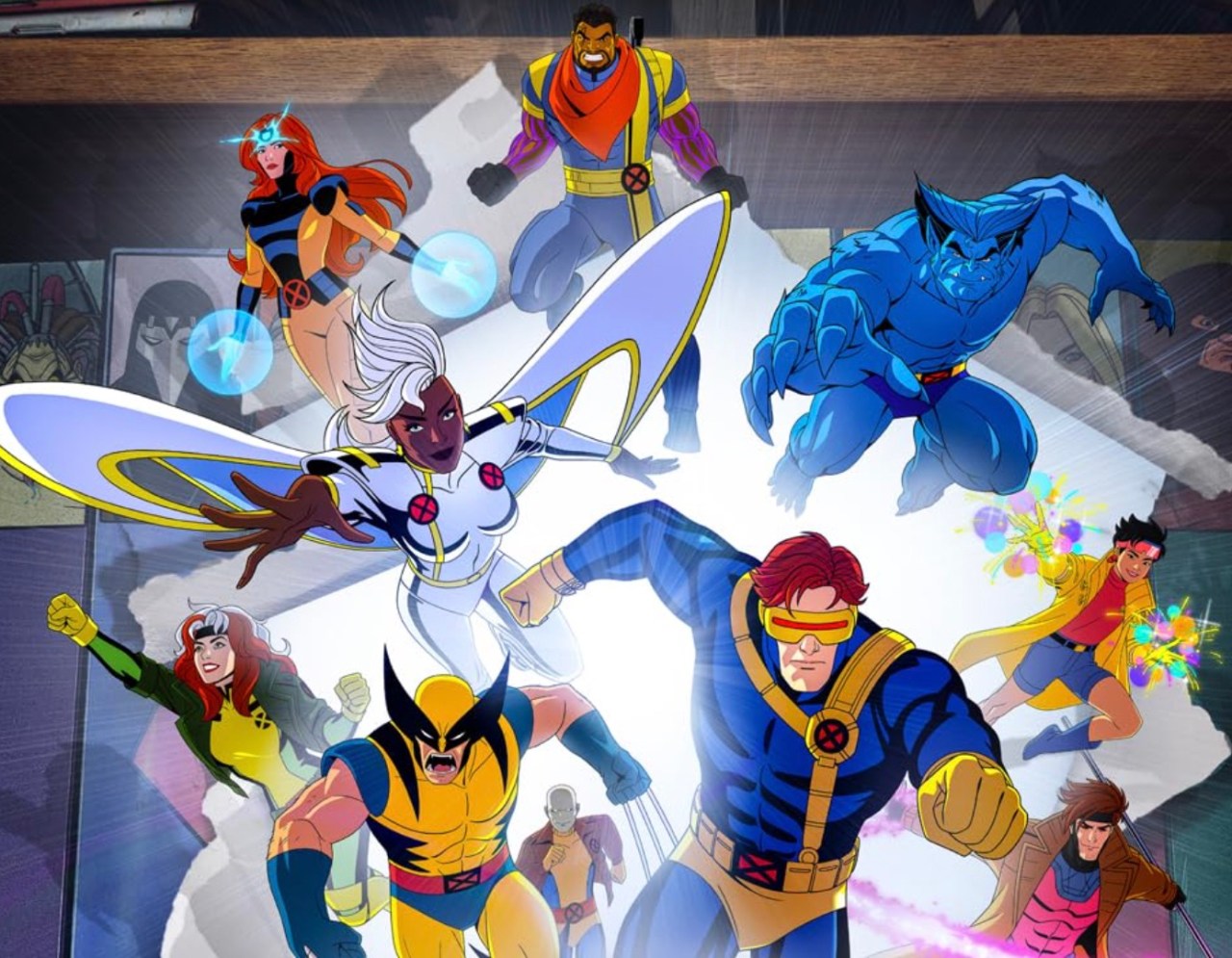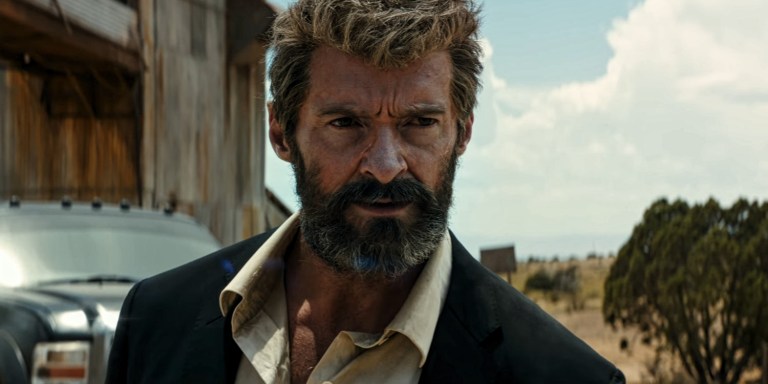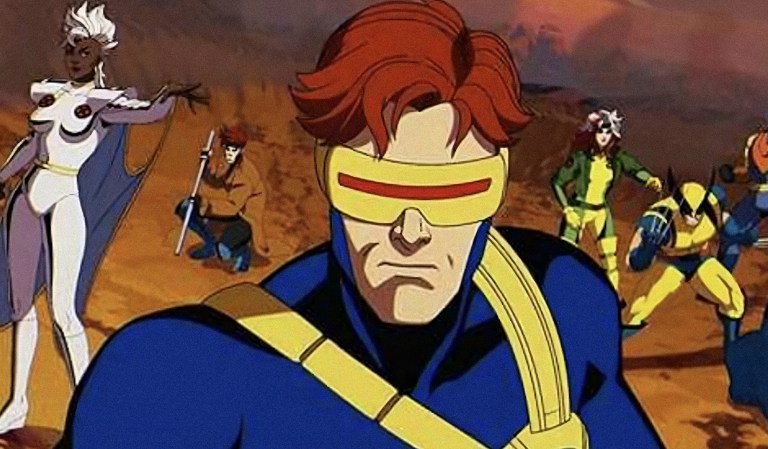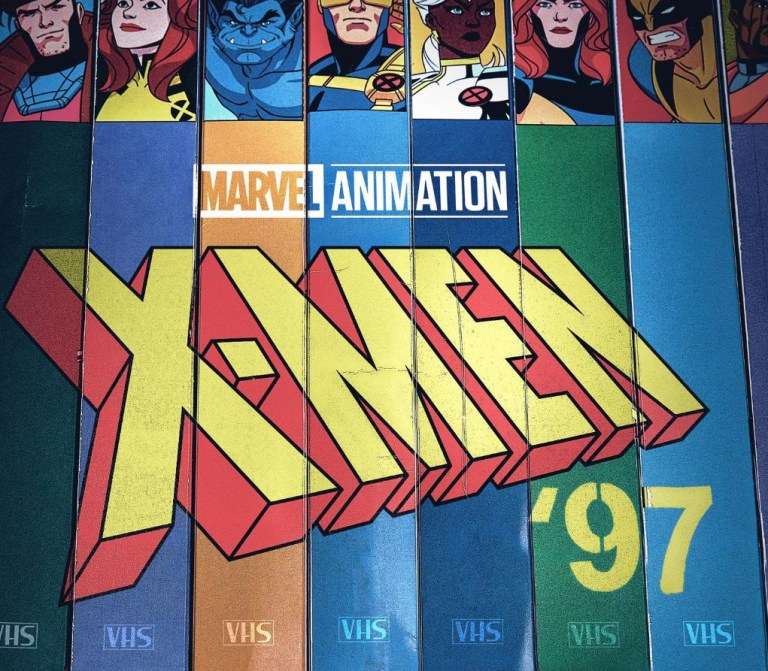
The Best Changes ‘X-Men 97’ Made to the Original Animated Series
The X-Men are back, and they’re here to save Marvel. After a string of misfires and scandals, the company needed one bonafide TV or movie hit to win back its reputation. Well, maybe two or three. But X-Men ‘97 is a solid place to start. Created by X-Men omega-fan Beau DeMayo, this reboot of the ‘90s cartoon X-Men: The Animated Series is a near copy of the original in terms of style and substance. That’s not a bad thing; in fact, that’s a terrific thing. X-Men: TAS made superheroes cool in a big way, allowing for 2000’s X-Men and later Spider-Man to launch a new era of cinematic superhero storytelling.
That said, X-Men ‘97 tweaked more than just its opening credits and voice cast. Here are the biggest – and best – changes that the show made to its beloved source material.
Gambit’s crop top
The X-Men of this new series look different by design (literally). The show’s lead character designer, Amelia Vidal, has lent the ‘97 X-Men a greater range of body types and facial features, imbuing them with both personality and physical diversity.
That said, at least one of the characters is noticeably more stylish. Gambit, who’s already a noted bi icon, is seen wearing a cute rock n’ roll crop top in the series premiere, further cementing his status as a sex symbol. Sure, the original series didn’t shy away from flashing Gambit’s eight-pack, but X-Men ‘97 takes that to the next level. Of course, Marvel fans can never have nice things: Several naysayers appear to have complained about this online.
The animation is up-to-date
While X-Men ‘97 is working with a bigger budget and timeframe than its predecessor, it still references that earlier iteration with its iconic costumes and settings. That means that this series’ main goal was to update the X-Men with smoother graphics and nuanced character expressions. Luckily, after much experimentation and technological tinkering, the show handily replicated that “Saturday morning cartoon” style that X-Men: TAS fans hold dear. It’s just, you know, better.
Morph’s part of the team now
Written off as merely a tragic figure in the original series, Morph is now a full-fledged member of the X-Men. They’re also non-binary. This isn’t just a mindless attempt at inclusivity, either: It’s perfect for Morph’s character. They’re a shapeshifter who can inhabit any gender, after all. Let’s just hope that Morph gets a better deal this time around. The fight scene where they morphed into Lady Deathstrike, Colossus, and Psylocke was great.
The X-Men are more creative with their powers
Call it fan service. Call it firing on all cylinders. Whatever you call it, you can’t deny that the X-Men have upped their game in their latest outing. In just the first two episodes, they’ve already used their powers in creative new ways. For instance, Cyclops uses his eyeball guns to break his fall from an airplane, while Gambit charges Wolverine’s slashy claws with his red sexy lights. The latter combo is especially homoerotic – er, cool.
Magneto and Rogue are spooning
We don’t know how and we don’t know when, but Magneto and Rogue are back again – in each other’s arms, that is. But seriously, how? This development is distinctly non-canon and leaves the door open for multiple interpretations. Is Magneto immune to Rogue’s power-sucking abilities? Or, does he just die a little bit every time they make out? The former is hinted at, and we’ll soon know for sure, but this update is easily one of the most intriguing departures from X-Men: TAS. What will happen when the other X-Men find out? We’re living for the drama.
Long-form storytelling is back
X-Men: TAS had its fair share of serialized arcs, but they always ended with a dreaded “To Be Continued.” In its new form, X-Men ‘97 leans into that serialization, but with the storytelling style of a modern show. That is to say, it simultaneously follows multiple story threads that will pay off in big, satisfying ways, while maintaining tight individual episodes. The show’s new 30-minute-plus runtime certainly gives it the needed space to develop its narratives.
A queer person made it
The X-Men have always been the gayest Marvel superheroes, and that’s saying a lot. After all, some Marvel characters have literally been openly gay. Still, the X-Men’s plight has always closely paralleled the struggles of queer Americans throughout the 20th century. And while 2003’s X2 made that a little more explicit, X-Men ‘97 has developed that metaphor even further. See: Magneto’s impassioned speech at the UN. Of course, this is all probably the will of the show’s openly gay creator, Beau DeMayo, who was fired by Disney just weeks before ‘97 debuted. (While some homophobic sex-shamers claim it’s because he had an OnlyFans, it’s far more likely that DeMayo was just a difficult person.) In any case, DeMayo’s stamp is all over this show, and it’s all the better for it.











